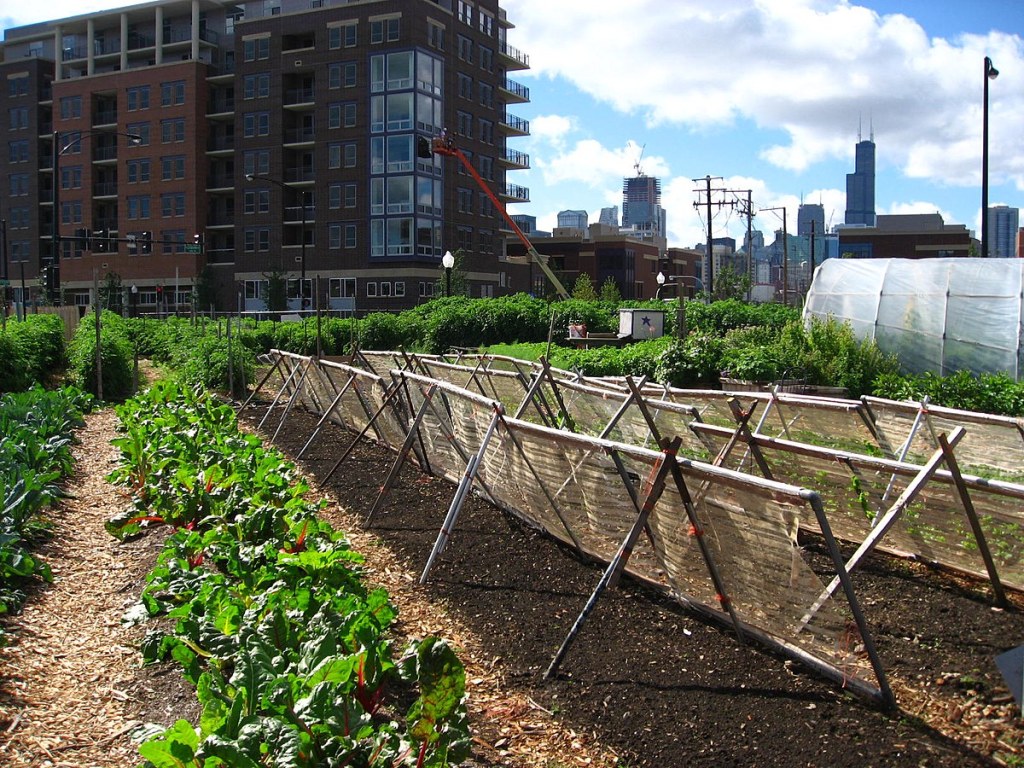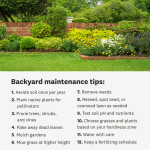Unlocking Your Urban Gardening Purpose: Transforming Concrete Jungles Into Lush Green Paradises!
Urban Gardening Purpose: Cultivating Green Spaces in the Concrete Jungle
Introduction
Dear Readers,
1 Picture Gallery: Unlocking Your Urban Gardening Purpose: Transforming Concrete Jungles Into Lush Green Paradises!

Welcome to our article on the purpose of urban gardening. In today’s fast-paced world, where concrete jungles dominate our landscape, urban gardening is gaining popularity as a way to bring green spaces back into our lives. In this article, we will explore the various aspects of urban gardening and its benefits for individuals, communities, and the environment. So, let’s dive in and discover the purpose behind urban gardening!
What is Urban Gardening?

Image Source: wikimedia.org
Urban gardening, also known as urban horticulture, is the practice of cultivating and nurturing plants in urban areas. It involves utilizing limited spaces such as balconies, rooftops, or even indoor areas to create green oases in the midst of the concrete jungle. Urban gardening can take various forms, ranging from small container gardens to community gardens and vertical farms.
Who Can Engage in Urban Gardening?
Urban gardening is for everyone! Whether you are an individual with a small balcony or a community looking to transform a vacant lot, urban gardening provides an opportunity for people from all walks of life to connect with nature. It is an inclusive activity that can be enjoyed by children, adults, and seniors alike, fostering a sense of community and enhancing well-being.
When Can You Start Urban Gardening?
The beauty of urban gardening is that you can start at any time of the year, depending on the type of plants you wish to grow. While some plants thrive in the spring and summer, others can withstand the cold winter months. With proper planning and knowledge of seasonal planting, you can enjoy urban gardening throughout the year and witness the wonders of nature in your own urban oasis.
Where Can Urban Gardening Take Place?
Urban gardening can take place in various locations, limited only by your imagination. From small apartment balconies adorned with hanging plants to rooftop gardens that provide fresh produce for restaurants, the possibilities are endless. Community gardens are also becoming increasingly popular, transforming vacant lots into vibrant spaces where neighbors can come together and cultivate a sense of belonging.
Why Should You Engage in Urban Gardening?
There are numerous reasons to engage in urban gardening. Firstly, it allows you to reconnect with nature and experience the joy of growing your own food or creating beautiful landscapes. Urban gardening also promotes sustainable living by reducing food miles and carbon footprints associated with commercial agriculture. Additionally, it enhances air quality, mitigates urban heat islands, and provides habitats for beneficial insects, birds, and other wildlife.
How Can You Start Urban Gardening?
Starting your urban gardening journey is easier than you might think. Begin by assessing the space you have available and the amount of sunlight it receives. Choose appropriate containers, soil, and plants based on your location and preferences. Educate yourself about plant care, watering schedules, and fertilizers. Join local gardening communities or seek professional advice to gain knowledge and learn from experienced urban gardeners. Remember, every step you take brings you closer to creating your own green haven.
Advantages and Disadvantages of Urban Gardening
Like any endeavor, urban gardening has its advantages and disadvantages. Let’s explore both sides:
Advantages of Urban Gardening
1. Food Security: Urban gardening enables individuals and communities to have access to fresh, nutritious food, reducing dependence on commercial supply chains.
2. Health Benefits: Engaging in urban gardening promotes physical activity, reduces stress, and provides opportunities for relaxation and mental well-being.
3. Environmental Impact: By growing plants locally, urban gardening reduces the carbon footprint associated with transportation, conserves water, and improves air quality.
4. Community Building: Community gardens foster social interaction, cooperation, and a sense of belonging among neighbors, strengthening community ties.
5. Aesthetics and Beautification: Urban gardens enhance the visual appeal of neighborhoods, creating vibrant spaces that positively impact our mental and emotional well-being.
Disadvantages of Urban Gardening
1. Space Constraints: Limited space in urban areas can pose challenges for those looking to start larger-scale gardens or grow specific plants that require more room.
2. Time Commitment: Urban gardening requires regular maintenance, such as watering, weeding, and pest control, which can be time-consuming for individuals with busy schedules.
3. Potential Hazards: Urban areas may be exposed to pollution, contaminated soil, or chemical residues, requiring extra precautions and soil testing.
4. Lack of Expertise: Beginners may face a learning curve when it comes to understanding plant care, pest management, and maximizing limited resources.
5. Climate Limitations: Urban gardening in extreme climates may require additional resources, such as artificial lighting or temperature-controlled environments, to support plant growth.
Frequently Asked Questions (FAQs)
1. Can I grow vegetables in a small urban garden?
Yes, you can grow vegetables in a small urban garden. Choose compact varieties and utilize vertical gardening techniques to maximize space.
2. How much time does urban gardening require?
The time commitment for urban gardening varies depending on the size of your garden and the types of plants you grow. On average, expect to spend a few hours each week tending to your garden.
3. Can I practice urban gardening in an apartment?
Absolutely! Apartment dwellers can engage in urban gardening by utilizing balcony spaces, window sills, or even indoor areas with sufficient sunlight.
4. What are some common pests in urban gardening?
Common pests in urban gardening include aphids, slugs, snails, and caterpillars. Implement organic pest control methods and companion planting to mitigate these issues.
5. Can urban gardening help combat food insecurity?
Yes, urban gardening plays a vital role in combating food insecurity by providing individuals and communities with access to fresh, locally grown produce.
Conclusion
In conclusion, urban gardening serves a crucial purpose in our modern world. It allows us to reconnect with nature, promote sustainable living, and foster community bonds. By engaging in urban gardening, we can transform our urban spaces into vibrant, green havens that benefit both individuals and the environment. So, grab your gardening tools, embark on this fulfilling journey, and sow the seeds for a greener future!
Final Remarks
Dear Readers, urban gardening is a rewarding endeavor that requires dedication, patience, and a love for nature. While we have highlighted the benefits, it is essential to be mindful of your environment and seek professional advice when needed. Happy gardening, and may your urban oasis flourish!
This post topic: Gardens



